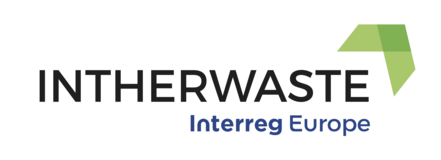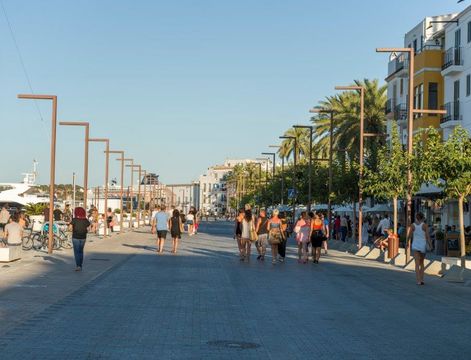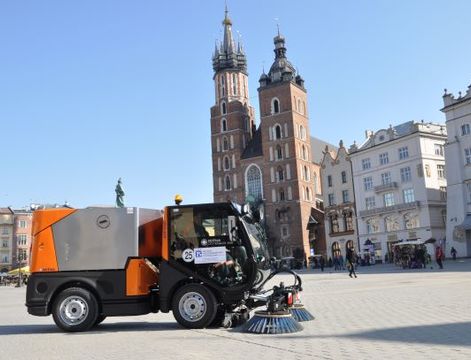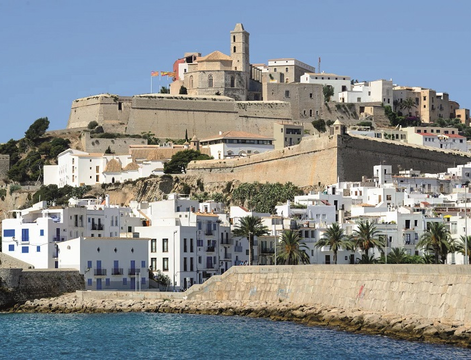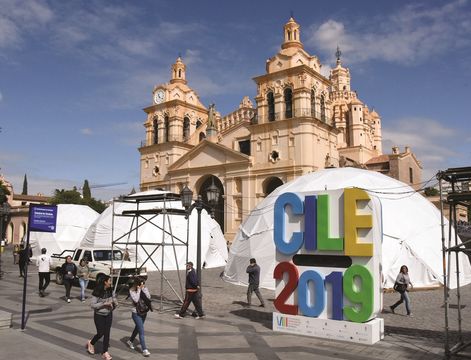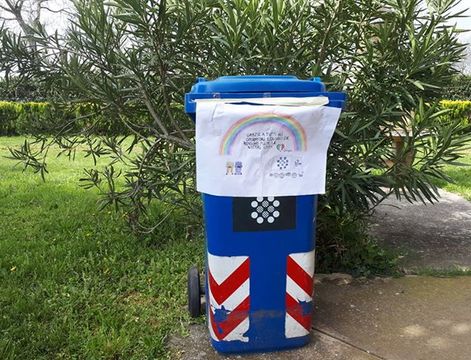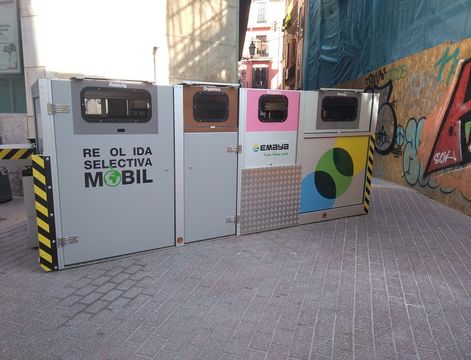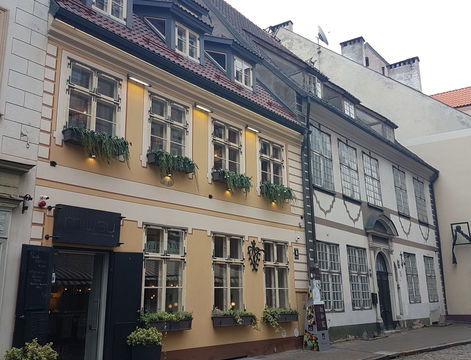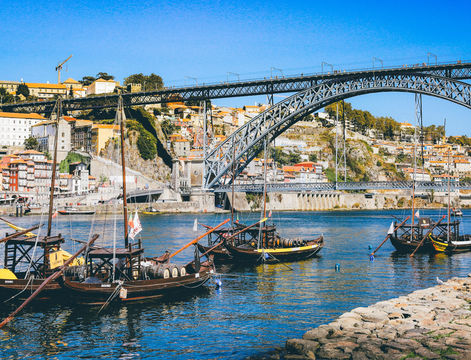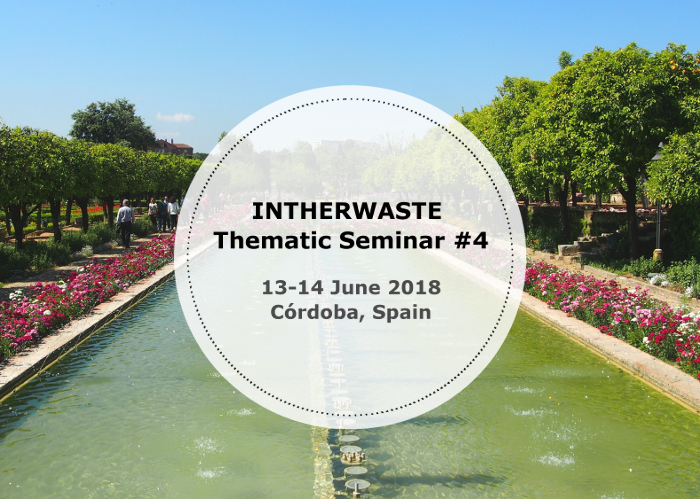One of the INTHERWASTE project’s most crucial outputs is a collection of 50 Good Practices in Waste Management in Heritage Cities. The practices featured in the publication (download link here) are provided by partners from heritage cities across Europe, to be disseminated online and in print among local and national policy-makers, citizens and other stakeholders. Practices are divided among four categories:
1. BEST PRACTICES in Waste Deposit in Heritage Areas
2. BEST PRACTICES in Selective Collection in Heritage Areas
3. BEST PRACTICES in Integration of Waste Management Solutions into the Urban Décor of Heritage Areas
4. BEST PRACTICES in Waste Minimization in Heritage Areas
In the context of the Interreg Europe programme, a good practice is defined as an initiative (e.g. methodologies, projects, processes, techniques) undertaken in one of the programme’s thematic priorities which has already proved successful and which has the potential to be transferred to a different geographic area. Proved successful is where the good practice has already provided tangible and measurable results in achieving a specific objective.
Over the course of the first phase of the project, partners have presented good practices in their towns and regions, as well as collecting notable relevant good practices from other areas. Following an assessment of each of these by the consortium of partners, a number of practices have been selected as best practices, to be highlighted on account of their outstanding attributes – in terms of successful implementation and potential for learning and transfer. These can be seen on the good practices page of the website.
Highlights include:
• Packaging deposit refund system in Estonia – All retailers of soft drinks and low-alcohol beverages whose POS has an area of 200 m2 are obligated to accept a packaging deposit at their POS.
• Home Composting Support Scheme in Porto, Portugal – Promotion of home composting, community composting and worm composting to minimize food waste production in urban areas.
• Public reuse and repair centre in Nice, France – Collection of bulky waste in the all district of “Les Moulins” which is sorted in order to take back what can be repaired and sold in the retail space.
• Promotion of separation in the organic fraction in Cordoba, Spain – Initiatives for raising awareness about organic selective collections are implemented in collaboration with schools and other groups of social community.
• Separate Wet and Dry waste collection in Cordoba – Dry-wet is a separate collection system that allows to sort waste in the most efficient way and easy to follow for citizens in order to increase recycling rate.
• Compacting waste bins in Ghent, Belgium – A practice which reports on improved waste management performances in terms of hygiene, resource (fuel) efficiency and better coverage of the heritage area.
• Underground waste collection system in Bergen, Norway – The city of Bergen was one of the cities in Europe to use underground waste collection to cover its entire city centre, around 7 sq km and 12,000 households.
• Removable Mobile Bin Areas in Palma de Mallorca – This practice provides selective waste collection to residents in heritage areas without affecting the heritage norms and bypassing many limitations
